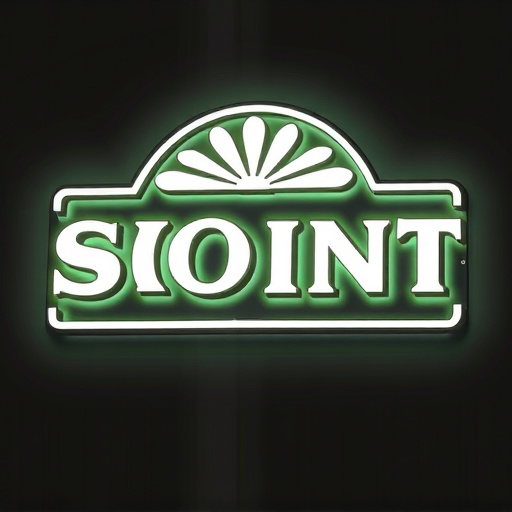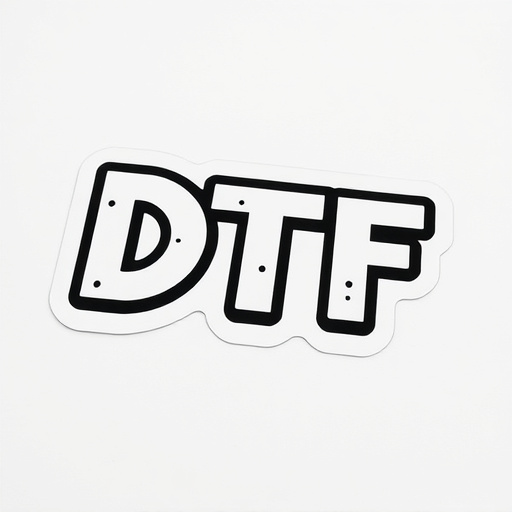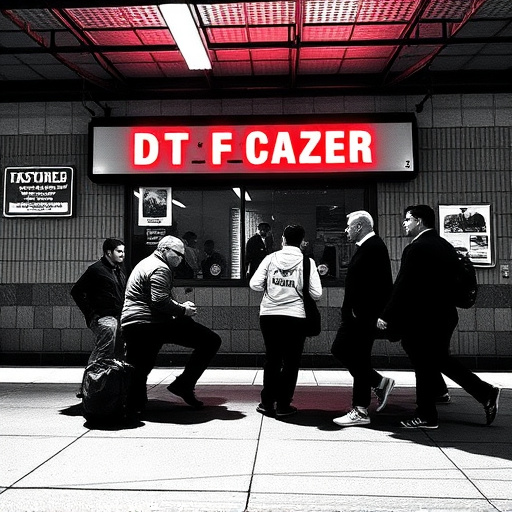Understanding target audience through demographics, psychographics, and behaviors is crucial for brand identity design. Creating buyer personas helps tailor visual elements, messaging, and brand voice to specific preferences. Aligning brand identity with purpose—mission, values, aspirations—ensures resonance with intended audience, fostering deeper connection. Unique visual elements like logos, color palettes, typography styles establish a distinctive company signature. A comprehensive style guide ensures consistent application across all marketing collateral and communication channels, including digital platforms and physical products. This strategy guarantees visual captivation and effective communication of core values, leaving a strong, lasting impression on consumers. Seamless consistency across touchpoints builds immediate recognition and trust, protecting and elevating the brand's image much like protective coatings safeguard vehicles.
A strong brand identity is the cornerstone of any successful business. In today’s competitive market, understanding your target audience and defining your brand’s purpose are essential first steps. Once established, these foundations enable the creation of unique visual elements and a comprehensive style guide that set you apart. Consistency across all touchpoints—from logo to marketing collateral—reinforces brand recognition. This article explores these key elements, offering insights into crafting an effective brand identity design strategy.
- Understand Target Audience and Brand Purpose
- Develop Unique Visual Elements and Style Guide
- Consistency Across All Touchpoints and Applications
Understand Target Audience and Brand Purpose

Understanding your target audience is a cornerstone of crafting a compelling brand identity design strategy. It involves delving into demographics, psychographics, and behaviors to create buyer personas that represent your ideal customers. By knowing who they are, what motivates them, and where they interact in the digital or physical world, designers can tailor visual elements, messaging, and overall brand voice to resonate with their preferences. This targeted approach ensures that the brand’s message not only reaches the intended audience but also captivates them, fostering a deeper connection.
Moreover, aligning your brand identity with a clear purpose is essential. Defining this involves articulating the company’s mission, values, and aspirations. It’s about identifying what sets you apart in the market—whether it’s innovative products, exceptional customer service, or sustainable practices. For instance, custom vehicle wraps go beyond mere aesthetics; they can communicate a brand’s commitment to uniqueness, creativity, or even environmental awareness through heat rejection technologies, thereby enhancing the vehicle’s overall identity and attracting like-minded customers.
Develop Unique Visual Elements and Style Guide

In the realm of brand identity design, developing unique visual elements is akin to crafting a signature for a company. This involves creating a distinct and memorable logo, choosing an appealing color palette that resonates with the brand’s essence, and establishing typography styles that are both readable and representative of the company’s personality. A comprehensive style guide, which documents these visual elements, serves as a crucial reference tool for maintaining consistency across all marketing collateral and communication channels. This ensures that the brand’s visual identity is seamlessly integrated into every aspect of its public presence, from digital platforms to physical products like car customization and automotive detailing.
Additionally, the style guide should outline specific guidelines for using these elements, including do’s and don’ts, allowing designers and marketing teams to adhere rigorously to the brand’s aesthetic standards. For instance, when applying visual elements to products like paint protection film or automotive detailing services, the guide can specify how much detail to include, what colors to use, and how to maintain visual harmony. This meticulous attention to detail ensures that the brand identity design is not just visually appealing but also effectively communicates the company’s values and promises, creating a strong and lasting impression in the minds of consumers.
Consistency Across All Touchpoints and Applications

A robust brand identity design strategy is characterized by a seamless consistency across every touchpoint and application. This means that your brand’s visual elements, such as colors, fonts, and imagery, must be cohesively applied throughout various mediums like websites, social media platforms, marketing collateral, product packaging, and even physical locations. For instance, the aesthetic of your logo should accurately represent your brand’s essence on both digital screens and printed materials. This consistency creates a unified experience for your audience, fostering immediate recognition and trust in your brand.
Imagine stepping into a showroom where the sleek design of your favorite car’s exterior seamlessly translates to its interior, or noticing the consistent application of protective coatings (akin to UV protection for your skin) on vehicles undergoing automotive detailing. Similarly, when considering brand identity, think about how a paint protection film can safeguard and enhance the aesthetics of a vehicle, much like your strategic design choices should protect and elevate your brand’s image across all customer interactions.
A robust brand identity design strategy is a multifaceted approach that hinges on understanding your target audience, establishing a unique visual language, and maintaining consistency across all touchpoints. By prioritizing these key elements, brands can create a cohesive and memorable identity that resonates with their audience and sets them apart in a crowded market. Investing in a well-crafted brand identity isn’t just about aesthetics; it’s a powerful tool to foster recognition, build trust, and drive long-term success.














